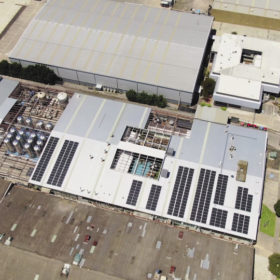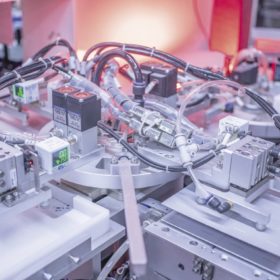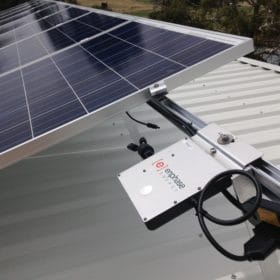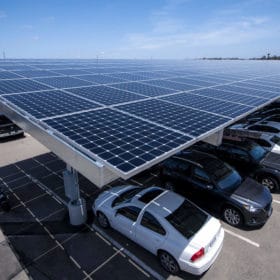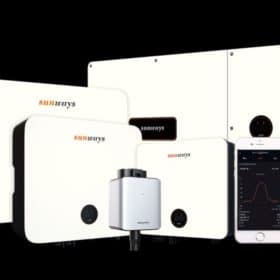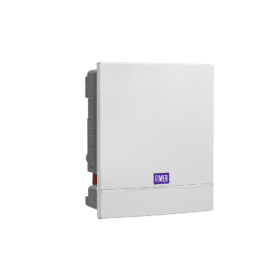Sunday read: The regulator’s wish is my export limitation
As distributed PV grows, new grid codes have scared installers across some markets. Network operators want to gain control over grid export, even of smaller arrays. Additions of new array controllers and special gateways could be costly putting speedy development of PV at risk. Fret not, says Fimer, as the Italy-based power-electronics manufacturer has placed the solution to the problem already inside its latest inverter range.
Sunday read: History repeats
“Unprecedented” was a term widely used in 2020, as the world grappled with the Covid-19 pandemic. The same word can be similarly applied to the plans and investments in production capacity announced by Chinese PV manufacturers right across the supply chain. But what shape are these expansions taking and what is driving this renewed confidence? Vincent Shaw reports from Shanghai.
GE chooses Australia to launch its solar inverter range
Just as Australia thought it’s pioneering days were over, it has become the first country in the world to sell American giant General Electric’s new solar inverters.
AEMC announces new standards for rooftop solar
With rooftop solar installations numbers hitting record highs right across the nation, the Australian Energy Market Commission (AEMC) has announced new technical standards for inverters will be introduced to help the electricity grid cope with the influx and provide system strength.
Interview: Inverter smarts to tackle integration issues
With rooftop solar surging, smart power electronics will be required to secure system strength and ensure that new limitations on rooftop PV don’t put a break on growth. Italy-based power electronics supplier FIMER believes its new range of string inverters are well equipped to do just that, as explains Fimer Australia and New Zealand’s Jason Venning and Warren Merritt.
Suntech to launch new inverter in Australian market
Long-standing solar PV manufacturer Suntech is set to expand its offerings in the Australian market with the imminent release of sister company Sunways’ range of single-phase inverters.
Sungrow launches second generation inverter in Australia
Chinese solar inverter giant Sungrow has taken the first step towards increasing its Australian market share in 2021 with the launch of its second generation three-phase residential inverters.
Fimer unveils two new three-phase string inverters
The Italian inverter maker said the two devices were designed to deal with increasing PV module currents. The inverters have a power output ranging from 10 to 33 kW and are claimed to reach an input voltage of 1100 V (DC).
Inverter manufacturer doubles warranty for Australian market
Leading solar inverter manufacturer Goodwe has doubled the warranty provided with its on-grid inverters to 10 years as the company looks to build on its success in the Australian residential rooftop PV market with an increased presence in the commercial sector.
The future is bright with solar-powered beer
Forget the beer goggles, settle into the spectacles of a sunny disposition and thank whatever gods may be for beer, solar panels and sunshine. That’s what Melbourne’s Moon Dog Brewing has done with the installation of a near 100 kW solar system atop their brewpub. Inspired by the savings made on emissions and electricity bills, the brewers have released a limited edition solar-powered IPA.
